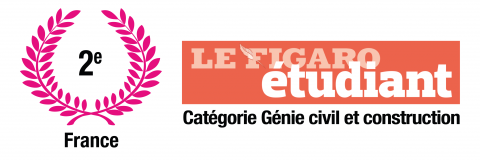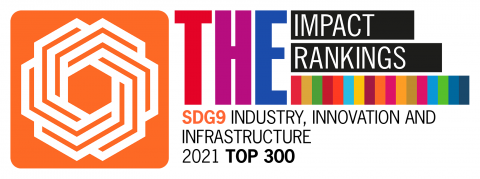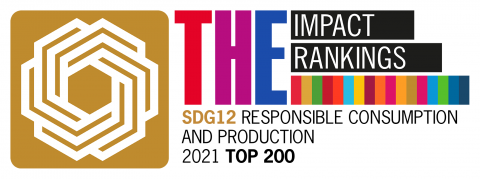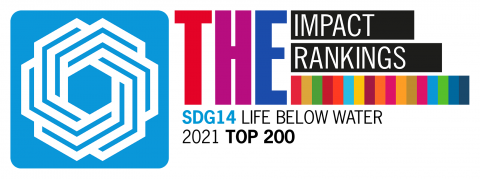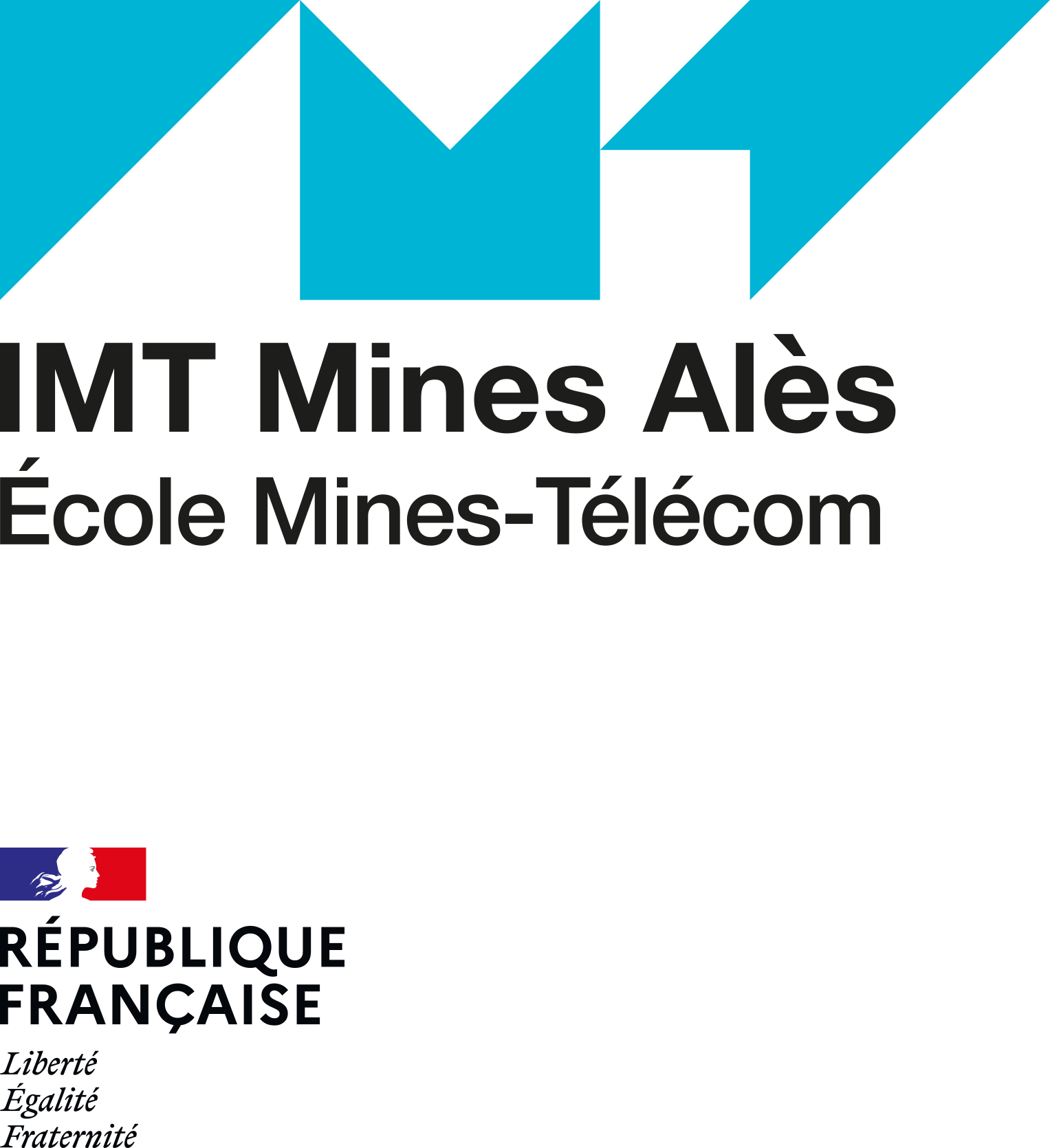Since January 1, 2020, the Research team on the Sustainability of Eco-Materials and Structures (DMS), is associated as a partner to the research unit "Laboratory of Mechanics and Civil Engineering" - LMGC (UMR 5508 CNRS, University of Montpellier). This association responds to the objective of proposing to the LMGC a global and systemic material approach.

General presentation
The research activity of the Durability of Eco-Materials and Structures (DMS) team consists in proposing a global vision of the development of eco-materials and their interaction with their environment of use.

The development of these materials and structures must combine the concepts of mechanical strength and durability, whether for civil engineering structures or high-performance composites for industry. This work must contribute to the development of eco-materials, whether bio-sourced or recyclable, for a more sustainable construction and a greening of industrial sectors.
The transdisciplinary approach integrates the formulation and implementation of these materials, their physicochemical and mechanical characterization and predictive modeling and multiphysics for a use of these materials in service condition.
Beyond the expected functionalities and performances, service and durability requirements, these scientific developments are conducted with a vision of sustainable development.
Staff
AZEMA Nathalie, Lecturer-researcher, HDR, see the CV
CARO Anne-Sophie, Lecturer-researcher, HDR
CHERON Alexandre, Research technician
CLERC Laurent, Lecturer-researcher,
CORN Stéphane, Lecturer-researcher,
DIAZ Alain, Research technician
EL BITOURI Youssef, Lecturer-researcher,
GARCIA-DIAZ Eric, Lecturer-researcher, HDR
GIRARD Aymeric, Lecturer-researcher,
IENNY Patrick, Lecturer-researcher, HDR
LE SAOUT Gwenn, Lecturer-researcher, HDR, see the CV
LEGER Romain, Lecturer-researcher, see the CV
MALACHANNE Etienne, Lecturer-researcher,
NEMOZ-GAILLARD Max, Lecturer-researcher,
PUCCI Monica-Francesca, Lecturer-researcher, see the CV
QUANTIN Jean-Christophe, Lecturer-researcher, see the CV
REGAZZI Arnaud, Lecturer-researcher,
ROQUE Kévin, Research technician
SALGUES Marie, Lecturer-researcher, see the CV
SOUCHE Jean-Claude, Lecturer-researcher,
STRATTA Florian, Research and development engineer
UWIZEYIMANA Placide, Lecturer-researcher
Research topics
The objectives of the Materials and Structures axis of the GC are on the one hand the recycling and optimization of the use of traditional materials and on the other hand, the reduction of the carbon balance and the "reasoned" use of surfactants. Regarding the axis Eco-composites with Polymer Matrix, the team is interested in the use of materials easily recyclable or of lesser impact on the environment.
In this materials approach, the themes addressed cover activities related to the mechanics of materials and accompany the material chain from the material resources stage to the finished product. The work is based on numerical and experimental approaches aimed at the impact of the microstructure on the mechanical properties and durability of polymer matrix composites.
The objects of study are suspensions and granular materials used in construction. The multi-scale approach of materials science aims at clarifying the relationships between the composition, the micro/meso structure and the desired final property. The methodology combines multidisciplinary skills in civil/mechanical engineering and physical chemistry.
- Granular materials for construction: the substitution of natural materials with low porosity by alternative porous materials (demolition concretes, agro-resources, artificial light aggregates) allows a lightening of structural concretes and an increase of the insulating character of concretes for the envelope. However, due to their high porosity, these alternative materials are likely to absorb or to give back important quantities of water to the paste and thus to impact the behavior of the concrete in the fresh and hardened state. These inclusions are likely to be less rigid and more deformable than the embedding paste and can lead to cracking of the latter by imposing too high a level of deformation.
- Dispersion, reactivity and stability of suspensions: the substitution of a part of Portland cement by mineral additives, the use of cements complementary to Portland cement (aluminous, sulfo-aluminous cements), alone or in a mixture, allows the reduction of the environmental impact of Portland cement production and to improve certain properties, including durability. The multiplication of these constituents associated with the use of a wide range of admixtures in order to modulate the properties of concrete and to activate the mineral additions, requires the understanding and the control of the dynamics and the reactivity of these systems.
The scientific activities of the axis contribute to the optimization of the implementation and the durability of polymer matrix composites. The work carried out is generally associated with the study of the formulation of materials, the process of implementation of the composite, the identification of the damageable and/or evolving behavior under service loads.
Two main aspects group together all the work carried out:
- Development of experimental characterization methods: behavior of long fiber reinforcements, monitoring of mechanical properties by vibratory analysis, photomechanical instrumentation of static and dynamic tests, study of hydro(hygro)-thermo mechanical coupling, melt rheology, characterization of nanometric textures by Atomic Force Microscopy (AFM).
- Multiphysics modeling: homogenization of polymer matrix composites and polymer blends (particulate composites, short fiber composites and long fiber laminates); modeling of processes and durability in controlled environments
This classical analysis scheme in materials science, which is identical to the one followed in the MSGC axis, can be applied to the implementation of composites from the knowledge of their constituents as well as to the predictive modeling of their aging for coupled conditions. In this regard, a number of tools for characterization and modeling of the mechanical behavior of materials are developed in common to both themes: they concern the dynamics of structures by vibration analysis and multi-physics modeling of transfers and contact.
Similarly, this iterative method, combining characterization and predictive modeling to increase the performance of the material in expected service conditions, also addresses physicochemical aspects related to the compatibility between components, formulation and / or process generally treated in collaboration with researchers from the UPR PCH of IMT Mines Alès.
Publication
Partnerships
The DMS team has developed academic and industrial partnerships within the framework of various European H2020 programs (HERMES, POLIFRIL, RCN project): research laboratories of the Norwegian Universities of Science and Technology (NTNU), Chalmers, Sheffield, Melbourne and the Norwegian company Borregaard (dispersion/agglomeration phenomena during cement-lignosulfonate mixing); Tampere University of Applied Sciences (dynamic test instrumentation).
